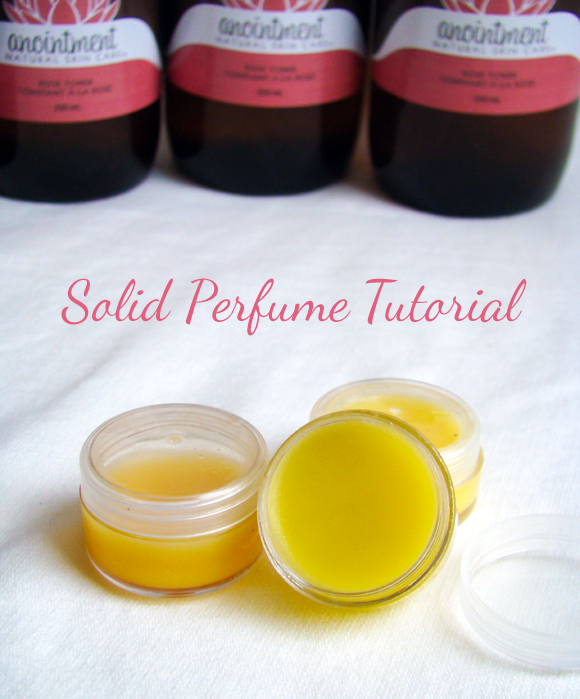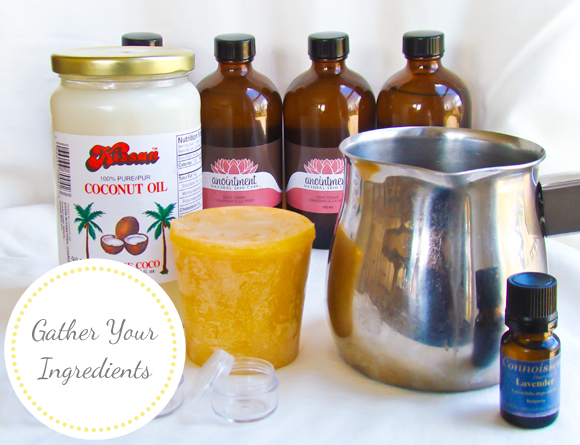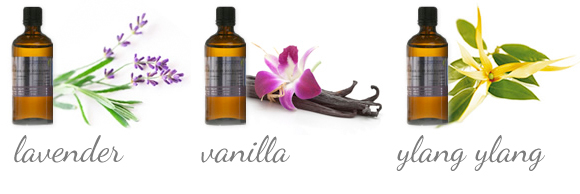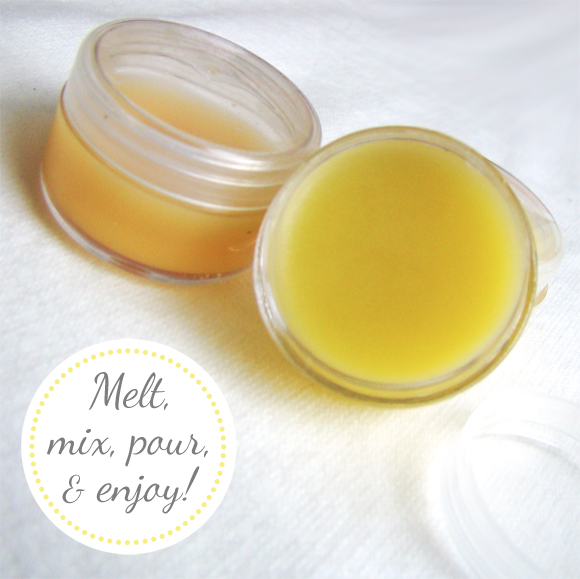
Memory-Promoting Smells

No.1 Ginkgo biloba

Ancient medicine
men and savvy shamans have been using leaf extract from the mighty ginkgo
biloba tree for hundreds of years to treat a wide variety of conditions,
including asthma, bronchitis and fatigue, and while ginkgo’s ability to combat
these ailments is well-documented, most medical practitioners now agree that
its biggest benefit is how it enhances your memory. According to a recent
experiment, participants scored 40% higher on cognitive tests after ingesting a
single ginkgo pill. If one pill can make that much of a difference, just
imagine what you can accomplish by smelling ginkgo on a regular basis.
No.2 Myrrh

The Three Wise Men
clearly knew what they were doing when they brought Jesus a bottle of myrrh to
commemorate his birth. Derived from the sacred myrrh plant found in Somalia and
Ethiopia, myrrh has been proven to boost memory by stimulating blood
circulation and sending a burst of oxygen to the brain. Some mystics even
believe myrrh can help you recall past-life experiences.
Did you know that in 2001 Rutgers University scientists identified myrrh compounds that kill cancer cells? They were optimistic that myrhh can be used for the treatment and prevention of prostate and breast cancer. And to assist with the treatment of brain tumors (malignant).
Similar to Frankincense, myrrh contains up to 75% sesquiterpenescompounds that stimulate the part of the brain that controls emotions. It also helps the hypothalamus, pineal and pituitary glands that produce many of the important hormones in the body.
No.3 Spinach

It turns out Popeye
had it right all along. New studies have validated the curmudgeonly “Sailor
Man’s” diet by proving spinach can protect your brain from oxidative stress.
According to Dr. Adam Franklin, a professor and the author of Scents and
Sensibility, “Not only is spinach rich in vitamins, minerals and omega-3 fatty
acids, but it also contains antioxidants and phytonutrients that speed up the
brain and protect it from degenerative diseases.” As an added bonus, this leafy
green vegetable can also lower your risk of heart disease and, depending on
whom you ask, allow you to pummel Bluto to within an inch of his life.
No.4 Sage

It isn’t a mere
coincidence that sage is a synonym for “wise.” That’s because this evergreen
shrub can actually make you feel more astute by heightening your powers of
retention. A study in the scientific journal Nutrition recently lent credence
to this claim by documenting how mice injected with sage-leaf extract were
better able to retain memories. A subsequent study published in the New England
Journal of Pharmacology proved that sage-leaf extract was also effective in
reducing cell death in mice. So, take some sage advice and smell a little sage
today.
No.5 Frankincense

Essential Oil (Boswellia carteri) has anti-depressant and immune
stimulating properties. The high sesquiterpenes level stimulates and oxygenates
the limbic system of the brain which elevates our mood and helps us relax
(overcome stress).
TRPV3 receptor of the brain responsive to Frankincense and this receptor is implicated in mood regulation. Frankincense does not show any adverse side effects.
No.6 Helichrysum

Essential Oil (Helichrysum italicum) is a powerful natural
anti-inflammatory. It also improves circulation and may help cleanse the blood.
- Anti Haematoma: The essential oil of Helichrysum helps clear the accumulation of bloods or blood clots which result from a haemorrhage. This can be very helpful to clear blood clots in brain after a brain haemorrhage. These clots often interfere with normal functioning of brain. This oil promotes dissolution or melting away of such clots.
No.7 Sandalwood

Essential Oil (Santalum album) has anti-depressant, astringent,
aphrodisiac and sedative properties. It is calming and emotionally balancing
and is used for depression and stress.
No.8 Cedarwood

Essential Oil (Cedras atlantica) has anti-infectious, anti-fungal and
sedative properties. It stimulates the pineal gland which releases melatonin.
It is calming and purifying.
It's very powerful for regenerating arterial walls. It's powerful for the lymphatic system for the simple reason that it increases oxygen flow into the fluid and into the blood fluid through the whole body. It's really a beautiful oil. In order to have brain power and great memory recall and great memory retention, you have got to have good oxygen to the brain. That is really important.
No.9 Melissa or Lemon Balm
Essential Oil (Melissa officinalis) has antiviral, anti-inflammatory,
antidepressant and relaxant properties. It is calming and uplifting and used
for depression.
No.10 Lavender

Essential Oil (Lavandula angustifolia) has analgesic and
anti-spasmodic properties. It helps relief stress, sore muscles, menstrual
cramps and nervous tension in the body.
Rosemary & Lavender :
essential oils affect cognition and mood in 144 healthy adults. These findings indicate that the olfactory properties of these essential oils can produce objective effects on cognitive performance, as well as subjective effects on mood. Moss M, Cook J, Wesnes K, Duckett P. Human Cognitive Neuroscience Unit, Division of Psychology, Northumberland Building, University of Northumbria, Newcastle upon Tyne, NE1 8ST, UK. mark.moss@unn.ac.uk
Inhalation of lavender, ylang ylang, and bergamot essential oils reduced psychological stress response as indicated by reduced serum cortisol levels. (Hwang 1123)
No.11 Blue Cypress

Essential Oil (Callitris
intratropica) has anti-inflammatory, antiviral, insect repellent, and sedative
properties. It is a stimulant to the amygdala, pineal gland, pituitary gland
and hypothalamus.
No.12 Rosemary

Research has found the essential oil from
rosemary helps long-term memory and alertness
Sniffing Rosemary Can Increase Memory By 75%
Rosemary oil is
wonderful for stimulating the mind, enhancing clarity, relieving stiffness of
joints, stimulating healthy hair growth, improving mental awareness as well as
improving memory
Rosemary oil has a
pronounced action on the brain and the central nervous system and is wonderful
for clearing the mind and mental awareness, while having excellent brain
stimulant properties, as well as improving memory
Shakespeare was
right in saying rosemary can improve your memory
Smelling rosemary
'may improve memory'
9th April 2013 -
Smelling essential oil from the herb rosemary could improve memory, according
to a small study by the University of Northumbria.
Researchers say
their findings may have implications for treating people with memory problems
in future.
Rosemary facts
Rosemary was
already thought to improve memory by the ancient Greeks and, according to the
Herb Society, has been seen as a symbol of love and loyalty and to ward off evil
spirits.
These days it is
used as an ingredient in cooking and as a moth repellent. It is also used as an
ingredient in some traditional herbal remedies, including ones to help with
coughs and sore throats and the discomfort of cystitis in women.
Rosemary smell
study
To conduct the
experiment, drops of rosemary essential oil were wafted around a room before
the participants came in.
66 healthy adults
took part and were randomly sent to the rosemary room, or a room with no scent.
Both groups were given
memory tests, including finding objects they'd seen being hidden earlier. They
were scored depending on how much help or prompting they needed to finish the
tasks.
They were also
given questionnaires to assess their mood. Blood tests were also given to see
whether a compound linked to rosemary and memory had entered the bloodstream.
There was no link
between the participant's mood and memory, which the researchers suggest means
performance was not influenced by changes in alertness or arousal.
Rosemary study
results
The people who'd
been in the rosemary scented room did better in the memory tests and tests to
see if they remembered to carry out tasks on time. In a statement, one of the
researchers, Dr Mark Moss, says this could prove useful in everyday life:
"For example when someone needs to remember to post a birthday card or to
take medication at a particular time."
Another of the
Northumbria researchers, Jemma McCready, says it is too soon to say whether
rosemary might help people with impaired memory: "Remembering when and
where to go and for what reasons underpins everything we do, and we all suffer
minor failings that can be frustrating and sometimes dangerous. Further
research is needed to investigate if this treatment is useful for older adults who
have experienced memory decline."
The new results
were presented to the Annual Conference of the British Psychological Society in
Harrogate, rather than appearing in a peer reviewed journal.
However, the
findings back up the team's earlier research published last year in in
Therapeutic Advances in Psychopharmacology. A small study involving 20 people
suggested that the scent of rosemary oil may improve speed and accuracy when
performing certain mental tasks.
Essential Oils for psychological support :
· Peppermint
· Lemon
· Lavender
· Bergamot
· Basil
· Lemongrass
· Sandalwood
· Frankincense
· Rose
· Jasmine
· Rosemary
“Coming to our Senses: Incorporating Brain Research Findings into Classroom Instructions.” Educational Digest November 2009
Essential oils to boost learning:
- Cinnamon
- Beta-amyloid plaques are one of the trademarks of Alzheimer's disease. The other is tangles in the brain made of tau proteins that can cause brain cells to die.
- Emerging research from the University of California at Santa Barbara reveals that two compounds in cinnamon -- proanthocyanidins and cinnamaldehyde -- may inactivate these tau proteins.
- While this research is still in its infancy, a sprinkle of cinnamon on your oatmeal or yogurt certainly couldn't hurt.
· Memory and cognitive functioning is reinforced by using aroma
· Peppermint and lemon energized
· One study showed that groups were able to solve puzzles 30% faster than control group
· Chamomile and pine were good for performance jitters before exams
· Pine has been used in London’s Heathrow Airport to ease travelers going through customs.
· College students exposed to lemon performed word construction and decoding tasks better than unexposed group.
· Another study showed floral aromas were associated with doubling the speed of learning.
Some great brain foods Link:












